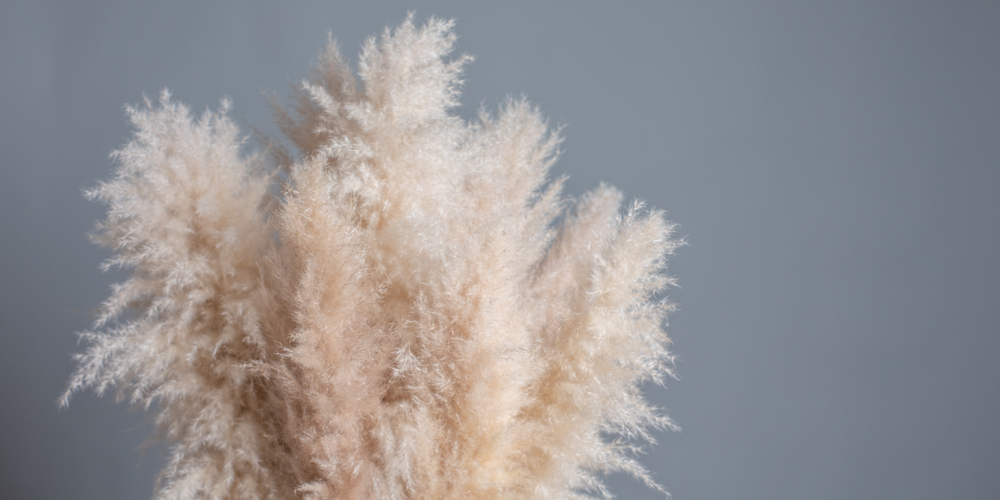Even if you might not recognize its name, you probably know this grass. Pampas grass is an ornamental plant that grows in large, lush clumps and displays creamy white feather-resembling plumes on top. And it appears in many landscapes.

After all, these plants work perfectly to mark property lines, as hedges, or as windbreaks. They are attractive and relatively easy to grow, but you need to beware: pampas grasses might grow fast and become invasive if you don’t provide them with adequate maintenance.
So, this also explains why you shouldn’t plant pampas grass around your crops: they might suck all of the nutrients from the soil and deprive your plants of what they need to grow.
But how deep are pampas grass roots? And what should you know about getting rid of these ornamental plants and making space for new growth? You have landed in the right place to find out!
How to Remove Pampas Grass From Your Garden
Native to South America, pampas grasses are perennial plants that can grow more than 10 feet tall. Due to its size and ability to prolifically seed, most gardeners find controlling pampas grass challenging.
These plants are competitive and might become a hassle when you try to grow other plants around them. After all, there must be reasons for it to be an invasive plant in some parts of the country (such as California, where pampas grass has outgrown some native plants).
Pampas grass is so hard to eliminate because of its massive root system. You can remove pampas grass manually only at its earliest growing stage. Because its roots might be deep, the task might take some time.
Before you start digging, remember to cut the grass and be ready to go deep to find its roots. Ensure nothing remains underneath the soil. We recommend mixing physical and chemical methods to eliminate pampas grass in your garden.
Consider buying a suitable herbicide, but don’t overdo it: you might harm the plants nearby. Haloxyflop and Glyphosphate products are excellent choices. However, they might damage beneficial pollinators and cause issues in your garden. Ask for advice at your favorite gardening store to avoid making mistakes you might regret.
How Deep Are Pampas Grass Roots?
We might have briefly mentioned that pampas’ grass roots are extensive. But how deep can they get? The truth is that there is a reason why we said you should try to eliminate this plant from your garden manually only at its earliest stages of growth.
An established pampas grass roots can get as deep as 10 feet down the soil! So, this means a lot of digging is necessary to remove pampas from your garden manually.
Additionally, this plat is prolific: it will quickly spread in the area through wind dispersal of its seeds. Each flower contains up to 100,000 seeds, and the plant blooms several times in its lifetime, which explains how pampas can become a threat to many gardeners.
If you decide to plant it as an ornamental, don’t forget to give it the maintenance it needs to contain its spread. You can even contact a local service to help you do that and stay on the safe side.
Other Useful Tips to Handle Pampas Grass
If you find it hard to remove pampas grass from your garden, don’t worry: you are not alone. Use the following tips to avoid unnecessary fatigue.
To begin with, don’t forget to sharpen your shears before using them on your pampas grass; you will struggle much less: trust us! To save some time, mow the ground before picking the roots manually. Don’t forget to through the litter in garbage plants to prevent it from re-growing.
Also, always double-check the ground after you dig out the roots of this plant. If you fail at removing all of them, you will have to repeat the process in just a couple of months. We told you: pampas grass is competitive and hard to remove!
How Deep are Pampas Grass Roots?: Conclusion
When working on this plant, don’t forget to wear long-sleeve shirts, pants, and a pair of rubber gloves. Its leaves might cause itches that you’ll be better off avoiding.
And remember: if you have crops around, make sure you harvest them before digging. Because you’ll have to go deep, you might damage other plants.
Related Article: When do Pampas Grass Bloom?
